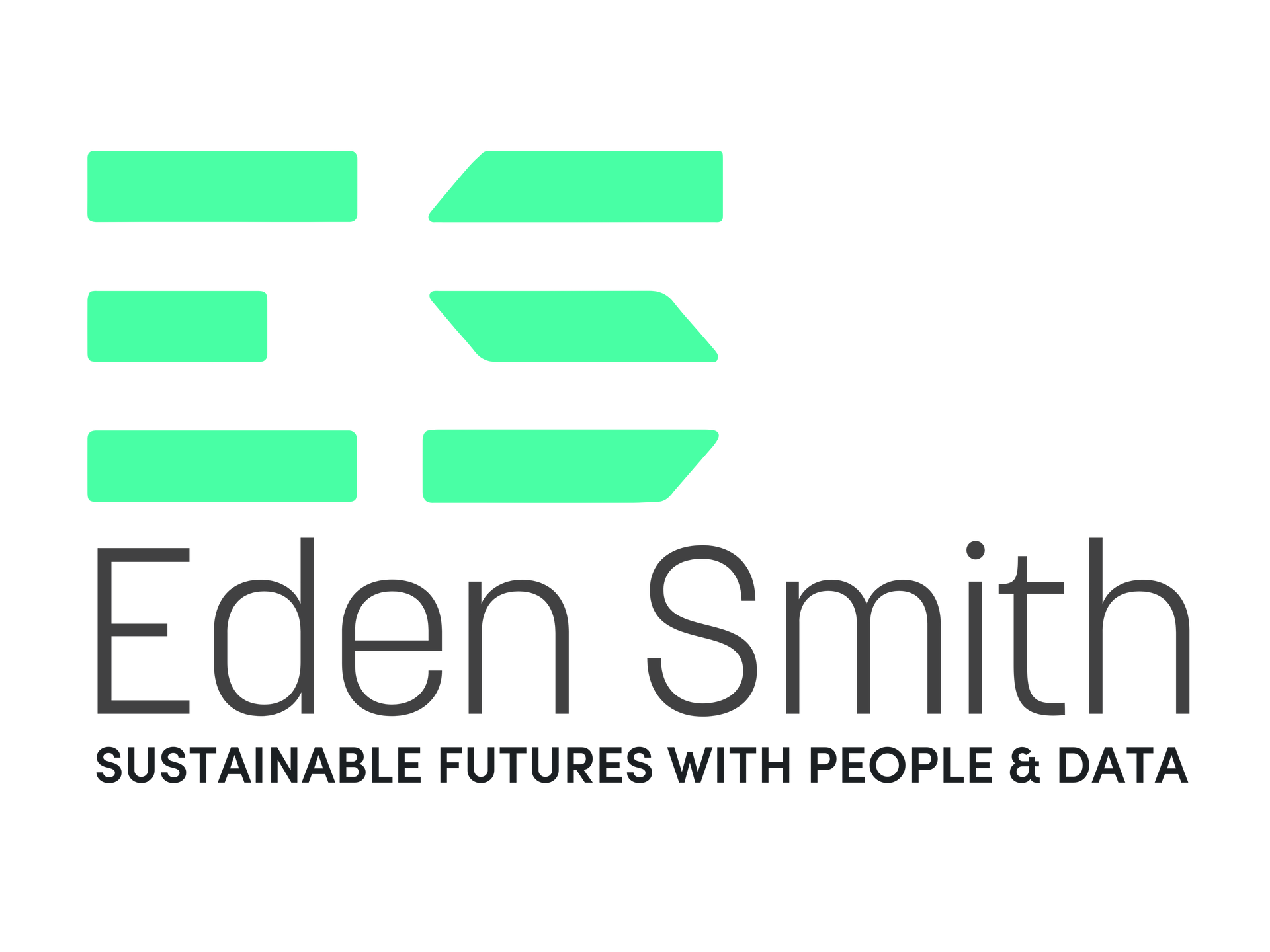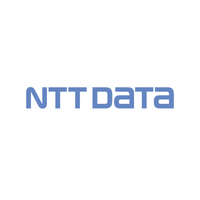The Hidden Factor Behind Successful AI Adoption
The Role of Data-Literate Boards
Artificial intelligence is reshaping industries, driving efficiencies, and unlocking new opportunities for growth. Yet for all the excitement, many AI projects fail to move beyond pilots or struggle to deliver real business value. Why? More often than not, it’s not the technology holding organisations back, it’s the lack of data literacy at the leadership level.
When boards and senior executives don’t fully understand the fundamentals of data, its limitations, or its potential, they can’t make the informed decisions needed to scale AI responsibly and effectively. Data literacy at the top table is the hidden factor that often determines whether AI adoption becomes a success story or a costly misstep.
Why Leadership Buy-In is the Starting Point
For AI initiatives to succeed, they must be backed by strong leadership. Boards set the vision, allocate resources, and define the metrics of success. Without their buy-in, projects risk being siloed in IT departments, underfunded, or disconnected from the broader business strategy.
Data literacy equips leaders with the ability to ask the right questions:
- What data do we actually have, and is it reliable?
- How do biases in the data or models impact outcomes?
- What risks and ethical considerations need to be addressed?
- How do we measure ROI beyond short-term cost savings?
When leaders can engage with these questions confidently, AI projects are more likely to be aligned with business goals, better governed, and more impactful. Importantly, data-literate boards can also communicate AI’s purpose and progress more clearly to investors, regulators, and employees, creating trust and transparency.
Bridging the Gap Across Departments
Successful AI adoption isn’t just about boardrooms and data science teams. It requires cross-departmental understanding and collaboration. Finance teams must interpret AI-driven forecasts. HR leaders need to assess AI’s role in workforce planning. Operations teams have to trust predictive models for supply chain or safety decisions.
This is where data literacy becomes an organisational competency, not just an executive one. By fostering a shared language around data and AI, organisations can avoid the common pitfalls of misalignment and mistrust. Employees who understand the basics of how AI works, and how it applies to their roles, are more likely to adopt it confidently, rather than resist it out of fear or uncertainty.
Creating this culture of literacy requires investment in training, but also in accessible tools and processes. Dashboards, visualisations, and natural language interfaces can make data insights easier for non-technical stakeholders to grasp, empowering everyone to participate in AI-driven decision-making.
Data Literacy as a Strategic Advantage
As AI adoption accelerates, the competitive edge won’t come from technology alone. Cloud platforms, algorithms, and machine learning frameworks are increasingly commoditised. The real differentiator will be how effectively organisations can embed AI into their strategy and operations, and that starts with data-literate leadership.
Boards that embrace data literacy don’t just understand the risks and opportunities of AI, they model a culture of curiosity, accountability, and informed decision-making that cascades through the business. They are better positioned to balance innovation with governance, to spot new opportunities early, and to build trust with stakeholders inside and outside the organisation.
In this sense, data literacy at the board table isn’t just a hidden factor behind AI adoption, it’s a fundamental requirement for sustainable, long-term success in the data-driven economy.











